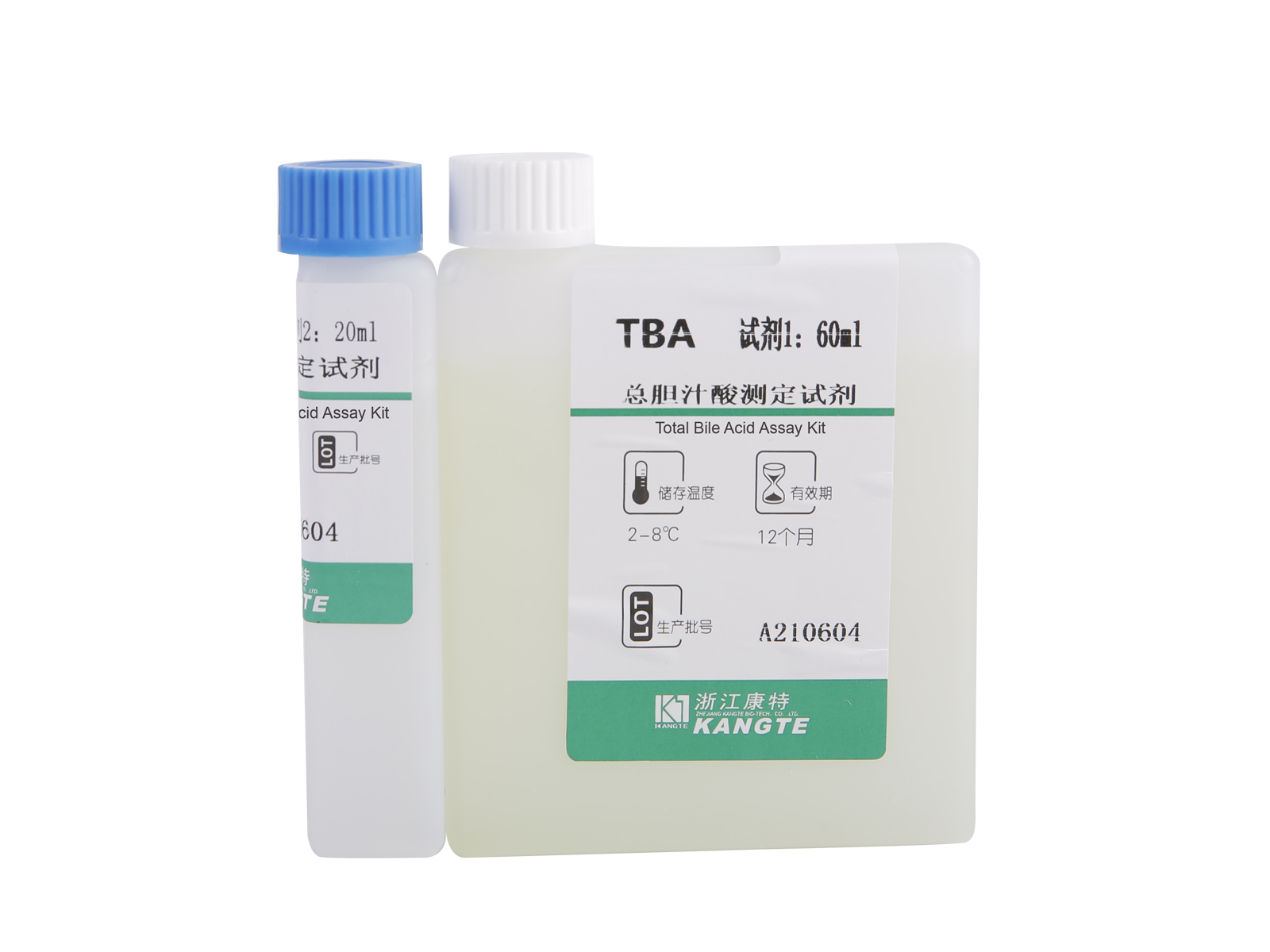Let us create a wonderful future together!
Purification of bile acids in human serum is one of the most commonly performed clinical laboratory tests used to evaluate liver disease and to detect any underlying disorders. This is because serum albumin and bile salts present significant immunological activity. In most cases, high levels of albumin and bile salts are indicative of liver disease. However, in some patients, serum albumin and bile salts may not be sufficient, despite adequate albumin or bile salts levels, and clinical examinations cannot reveal any abnormalities.
Principle of the total bile acid assay Kit tests the total bile acid concentration in serum, plasma or tissue samples. The kit comprises a probe for total bile acids detection (BDH), ELISA-sensitive enzyme probe (ELISA), and ultraviolet radiation (UV). The total bile acid assay can be performed on non-donor blood cells or on blood cells from a donor. The probe used in the Total Bile Acid Assay Kit is specific and highly specific.

The primary laboratory evaluation of the total bile acid assay Kit is the dry ice test. To perform this test, you have to drop a volume of your blood into a small container and then place the drop in a dry ice. When the ice melts, the compound will be released. You have to replace the dry ice several times in order to have a stable result.
There are several factors which need to be considered when you are evaluating the total bile acid assay Kit. First, you need to determine the right sample container for the dry ice process. The most common containers used for the dry ice are plastic freezer bags. You need to ensure that the temperature of the dry ice is at minus 5 degrees Celsius. Other options for sample containers are glass vials and plastic tubes.
Second, you have to prepare the sample collection kit. The complete set of the products of the total bile acid assay kit comprises a collection cup, microbalance solution, blister pack, lid, instructional materials, and test strip. You need to choose the appropriate blister pack as per the product name of the test strip and the desired test sample. Once you have all the products ready, you are ready to conduct the actual test.
Thirdly, you need to adjust the pH level of your blood sample. Most of the test strips available in the market today have a special pH level indicator which helps in determining the proper uptake of the acids in the human body. You can either select a strip for your own use or buy the predrilled option from the market. It is important to note that the predrilled option has the proper levels of total bile acids and salts.
Fourthly, you need to measure the amount of total bile acids in your blood. For this, you need to buy a device called an analyzer. All the three processes are required to measure the amount of acids in your blood stream. In the first process, you need to add the calibration mixture to your blood sample and then draw the blood samples. The second process is similar to the first one except that you will use the analyzer to determine the specific gravity. The last process is quite similar to the third process; however, instead of adding the calibration mixture to the blood sample, you have to replace the entire strip inside the product.
Fifthly, when measuring the total bile acid serum concentrations, it is important to note that the concentrations will be higher if the test subjects ingested the acid through the diet. Thus, you should make sure that your diet does not contain too much acid. Also, you should choose the test strip and the analyzer properly so that you get accurate results. It is also important to note that if you want to calculate the appropriate serum concentration based on the percentage of total bile acids in your blood, then you can do so by following the instructions included in the manual.



